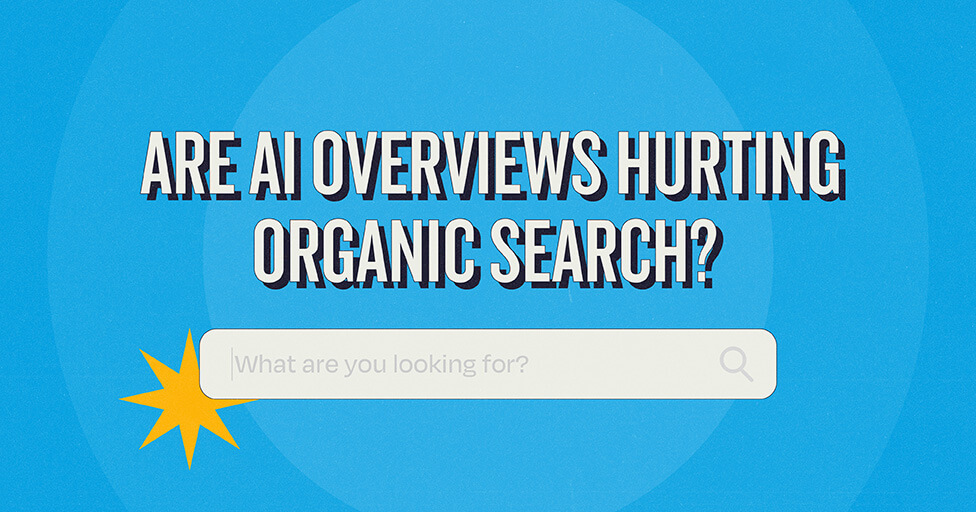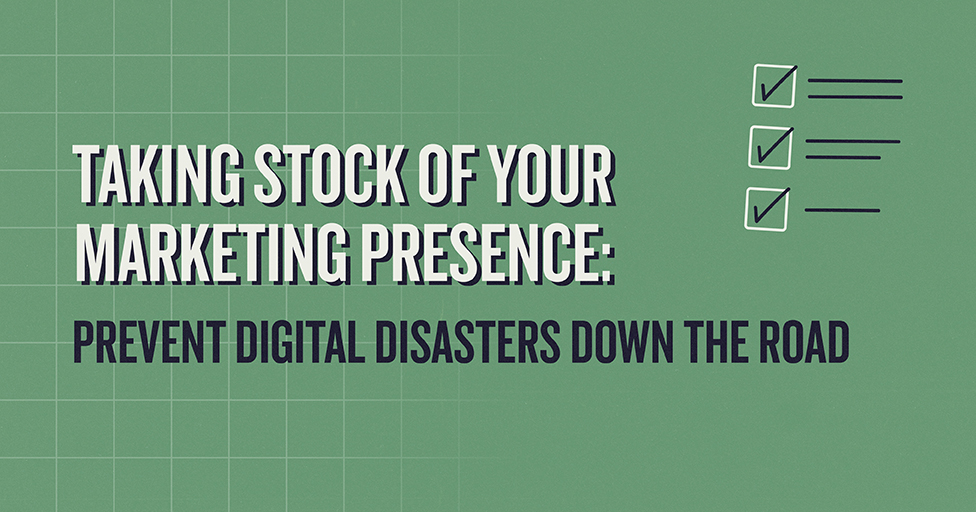
Public relations pros can spend hours debating how to best pitch and interact with media to get their stories covered. Whether creating one release to distribute to a large audience or creating shorter, personalized pitches to media contacts, most PR professionals have their preference when it comes to media relations.
While it certainly takes practice and time to build relationships with your key media contacts, it also goes back to strong writing skills and placing the correct words in the correct place to be distributed at the right time that will catch the media and consumers’ attention.
So, you have news to share. Your CEO wants you featured in the New York Times. Now what?
What is the purpose of a press release?
Press releases are one of the oldest tools used to quickly and efficiently tell a story to consumers – often through the media. If you have the right knowledge to write an attention-grabbing press release, it may not matter if you have the right contacts, because the media will want to share your story.
When you have news you want to share, a press release can be a win-win for you and the journalist. The press release should be written so well that the journalist can print it as is if they choose. The press release should be newsworthy, objective, informative and to the point.
Key things to keep in mind when writing a press release:
- The headline is the most important part of the press release.
- Tell a story. Just because it’s one of the oldest techniques to communicate with media doesn’t mean you have to be old, boring or stiff. Use photos, charts and visuals to help explain your story.
- Everything you want the audience to know should be in the first paragraph, so even if the audience doesn’t read further, it wouldn’t matter.
- Provide quotes, videos, photos, charts and anything else to help reporters show the story.
- Use keywords and links when appropriate. If you’re sharing your release with digital outlets, don’t be afraid to link them to your website. While you should have SEO in mind, write for the story and consumers first. Let SEO seamlessly fall in place.
When should I use a press release?
There is a time and place for a press release – but not everything is newsworthy enough to share in a formal press release. A few examples of news that could warrant writing and distributing a press release are:
- New product launch or grand opening
- New business partnerships or philanthropic work
- Events
- Rebranding
- Updates and innovations to existing products or offices
- C-Suite level hires
Is it newsworthy? Sure, everyone thinks their event is newsworthy or that the five o’clock news will want to share their new product, but you have to figure out WHY they would want to share it. Look for an emotional connection.
How do I distribute a press release?
Of course you’ll want to share your release with any key media contacts you may have. Or perhaps, if you have a large announcement, you will want to share with one or a few key reporters under embargo – meaning they have news that has not been officially announced yet, but you’re giving them first access to share the story on an exact date and time.
Wire services are another widely used option for distributing your press release. Many services are offered, from free to paid, and they can often be extremely costly for even one release. However, many times these services have partnerships with key national news sites you may not be able to get published in otherwise. It’s often worth the investment if you have large-scale news you want to share.
You should also put the press release in your newsroom. This should be a place where media, consumers or potential consumers can see the latest news and information on your company. Sharing the release on your social channels is an easy way for consumers who are currently engaged with your brand to follow along with your latest announcement. Your social followers are some of your biggest ambassadors and will more than likely want to share the news as well.
In general, press releases are a great tool when you want to distribute content widely and announce news. However, one of the best parts of media relations isn’t writing and distributing press releases – it’s developing relationships with reporters, finding the beats they enjoy covering and creating story ideas around their interests that can then be weaved into clients’ successes, products, news, etc.
Short email pitches can create a lot of power. Sometimes, they produce more impactful results than press releases.
Say Company ABC is launching a new line of picture frames. How do you know if it’s newsworthy enough for a press release? That depends—is the picture frame line completely new to their organization or is just a new design for the summer season? Are they partnering with a designer to complete their design, a celebrity to endorse their product, or a nonprofit where the proceeds go? Are they holding an event where the first 5,000 people get free picture frames for life? (A weird example, for sure). If the answer is yes to any of the above, then this may justify a press release. But if it’s simply a new design for the same line of products they’ve been selling for years with no innovation or partnerships added, then it probably doesn’t need a press release.
Okay, fine, but my CEO is still telling me I need media placement on my new line of picture frames!
We get that. The C-Suite wants media results; it’s your job as the PR professional to find the best ways to get the results. In this example of non-newsworthy information, we’d suggest starting a list of 25-50 reporters and bloggers who focus on DIY and home organization. Pitch them stories on a broader subject than can incorporate your photo frames.
For example: 5 Ways to Redecorate Your Bedroom for under $100.
In your email pitch, give them five straightforward tips. One of these tips would include creating a photo collage wall with your new line of picture frames. The other tips would have nothing to do with your picture frames, but through the piece, the journalist could easily share the product with consumers, which is likely to result in higher placement results than pitching the new design by itself.
Let them know you’re happy to create more content around the tips, like photos they could use in the story. Once this relationship starts, it’s easy to build upon. Check in with them monthly and find out which topics are hot in their newsroom and the stories they need content on. Then, find ways to incorporate your picture frames into a story they’ll want to share.
Whether writing a press release or short email pitches, gaining earned media results takes time, patience, relationship development and persistence. If you’re looking for additional help on writing your press release or enhancing your coverage through earned media, let us know!
Subscribe to our newsletter
Get our insights and perspectives delivered to your inbox.


